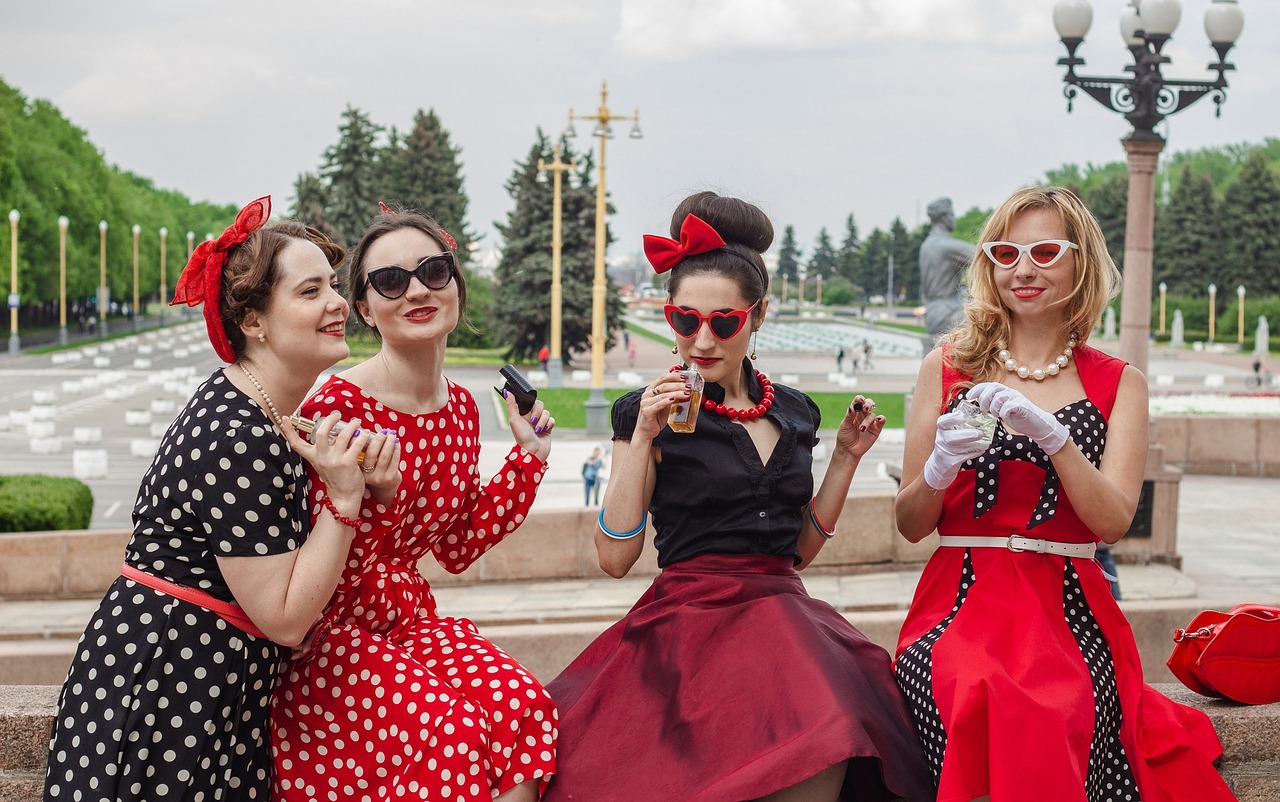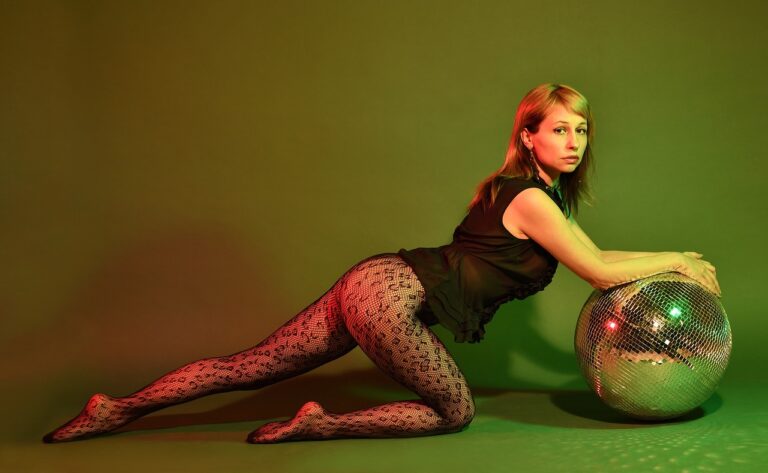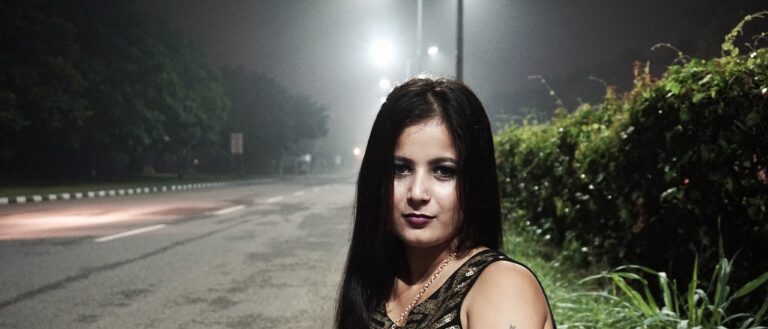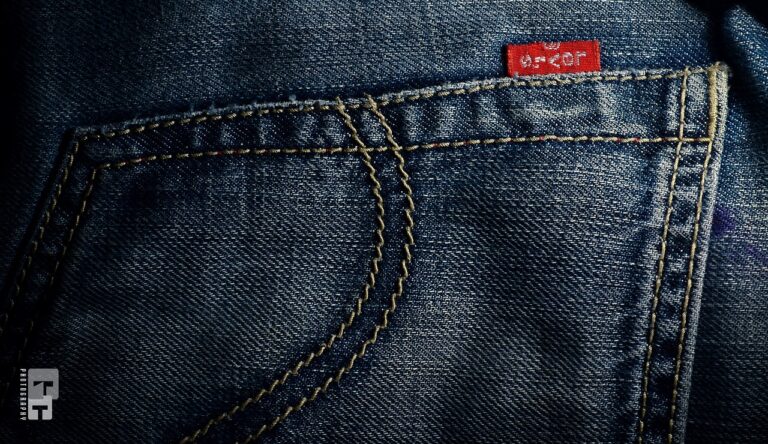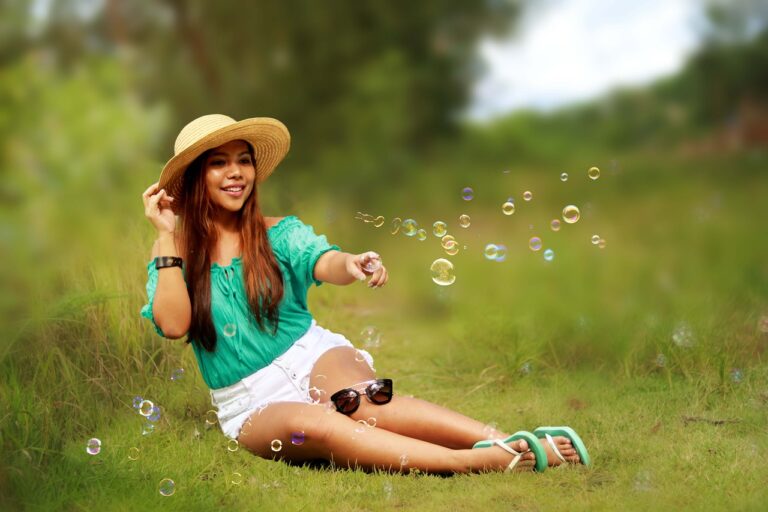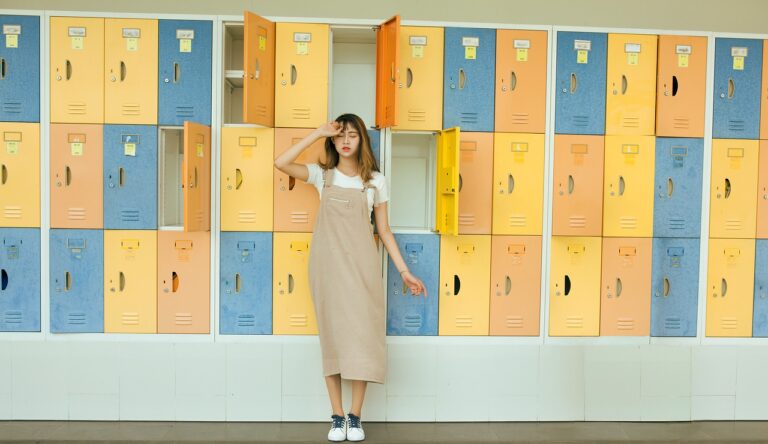The Psychology of Color in Fashion: How Hues Impact Perception
Color plays a pivotal role in the world of fashion. From runway shows to retail displays, the use of color can evoke a wide range of emotions and perceptions. But did you know that colors have a psychological impact on how we perceive and interpret fashion choices? In this article, we will explore the psychology of color in fashion and how different hues can influence our perception of style.
The Power of Red
Red is a bold and powerful color that is often associated with passion, energy, and excitement. In the world of fashion, red is commonly used to make a statement and grab attention. Whether it’s a bold red dress or a pair of red heels, this color can convey confidence and a sense of allure. Studies have shown that wearing red can even increase perceived attractiveness and sex appeal.
The Calming Effect of Blue
Blue is a color that is often associated with tranquility, trust, and stability. In the fashion world, blue is a popular choice for its calming and soothing effects. Many people feel a sense of peace when wearing blue, making it a versatile color for a variety of occasions. Whether it’s a navy blue suit for a job interview or a light blue dress for a summer picnic, blue can convey a sense of reliability and professionalism.
The Vibrancy of Yellow
Yellow is a bright and cheerful color that is often associated with happiness, positivity, and creativity. In fashion, yellow is commonly used to add a pop of color and inject some fun into an outfit. Whether it’s a yellow top paired with jeans or a yellow accessory like a bag or shoes, this color can brighten up any look. Studies have shown that yellow can also evoke feelings of optimism and energy.
The Sophistication of Black
Black is a classic color that is often associated with sophistication, elegance, and power. In the fashion world, black is a staple color that never goes out of style. Whether it’s a little black dress for a formal event or a black suit for a business meeting, black can convey a sense of authority and confidence. Studies have shown that wearing black can also make a person appear more attractive and intelligent.
The Playfulness of Pink
Pink is a color that is often associated with femininity, sweetness, and playfulness. In fashion, pink is a popular choice for its soft and romantic undertones. Whether it’s a pink blouse for a date night or a pink skirt for a brunch with friends, this color can convey a sense of warmth and friendliness. Studies have shown that wearing pink can also evoke feelings of nostalgia and innocence.
The Versatility of Neutrals
Neutrals such as white, grey, and beige are colors that are often associated with simplicity, elegance, and timelessness. In the fashion world, neutrals are popular choices for their versatility and ability to complement any outfit. Whether it’s a white shirt paired with jeans or a grey blazer for a business meeting, neutrals can convey a sense of sophistication and refinement. Studies have shown that wearing neutrals can also make a person appear more approachable and trustworthy.
Frequently Asked Questions
Q: How can I use the psychology of color in fashion to my advantage?
A: Understanding the psychological impact of different colors can help you make more intentional fashion choices. For example, if you want to convey confidence and authority, opt for black or navy blue. If you want to evoke a sense of creativity and optimism, consider adding a pop of yellow to your outfit.
Q: Can wearing certain colors affect how others perceive me?
A: Yes, studies have shown that the colors you wear can influence how others perceive you. For example, wearing red can make you appear more attractive and confident, while wearing white can make you seem more approachable and trustworthy.
Q: Are there any cultural differences in the perception of colors?
A: Yes, the perception of colors can vary across different cultures. For example, in Western cultures, white is often associated with purity and innocence, while in some Asian cultures, white is associated with mourning and death. It’s important to consider cultural differences when choosing colors for fashion choices.
In conclusion, the psychology of color in fashion is a fascinating subject that can have a significant impact on how we perceive and interpret style choices. By understanding the emotional and psychological effects of different colors, we can make more intentional fashion choices that express our personality and convey our desired image to the world.

